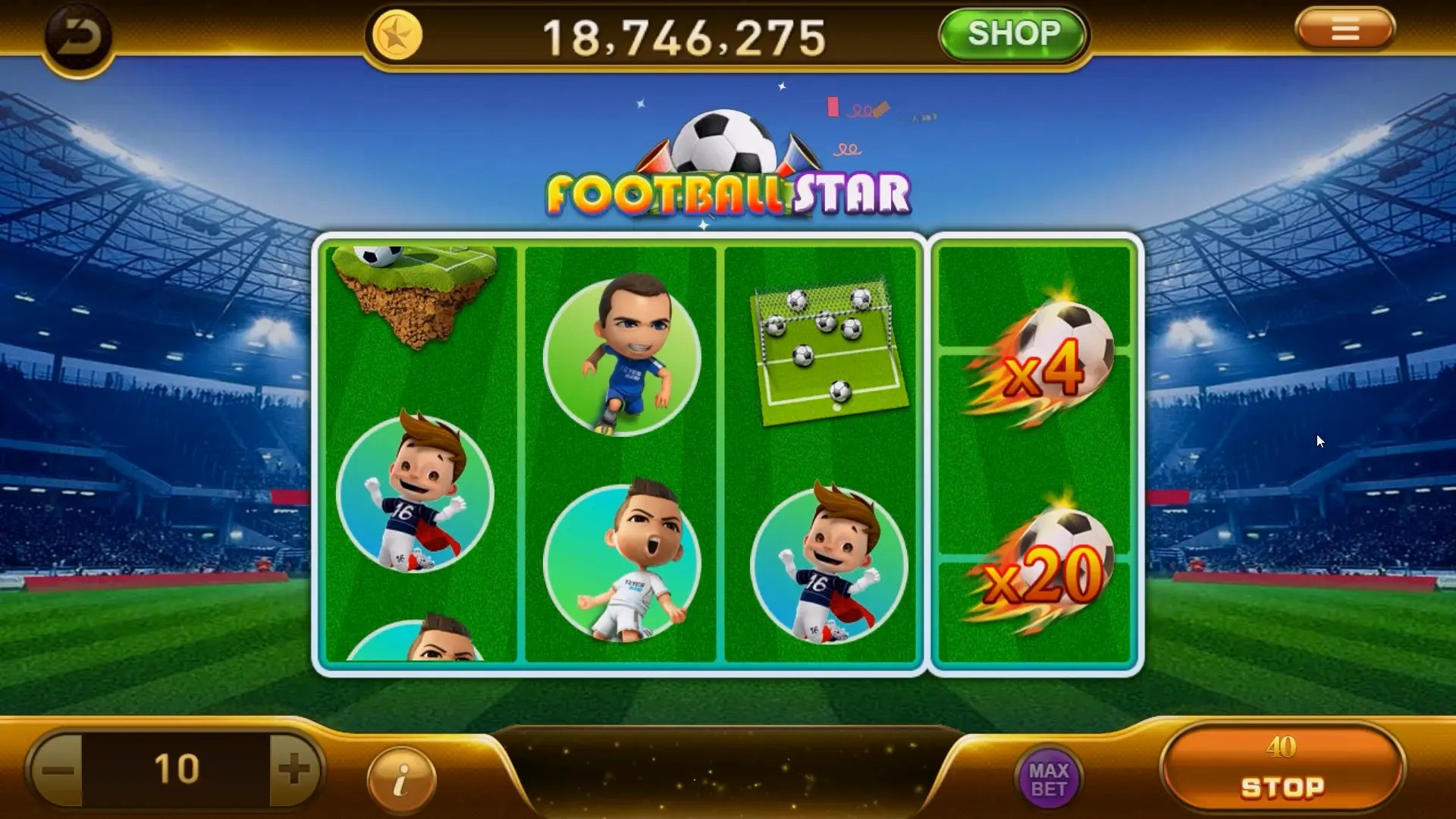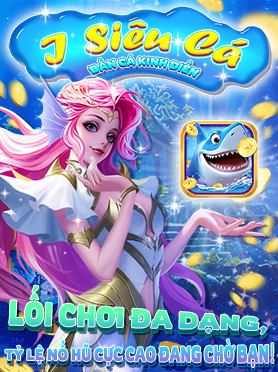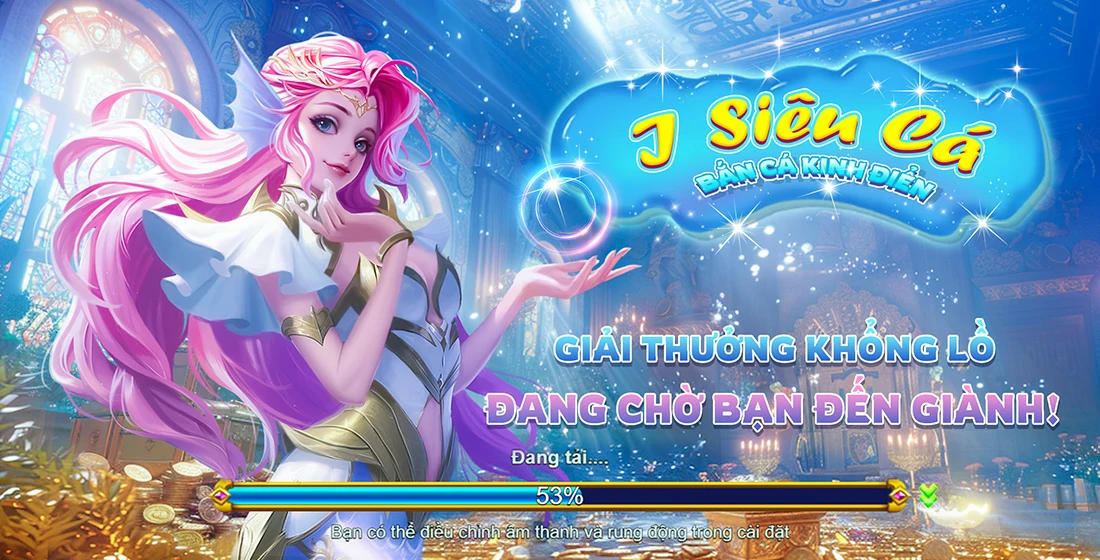Exploring the Evolution of MMORPGs: How Casual Games Are Changing the Landscape
Introduction to MMORPGs
Massively Multiplayer Online Role-Playing Games, commonly known as MMORPGs, have been a staple in the gaming community since the late 1990s. They offer a unique blend of immersive storytelling, character personalization, and social interaction. Games like "World of Warcraft" and "Final Fantasy XIV" revolutionized the sector, creating vast, engaging worlds where players could cooperate or compete against each other.
The Rise of Casual Gaming
In recent years, there's been a noted shift in gaming preferences, particularly among millennials and Gen Z players, leaning towards casual games. These games focus more on accessibility, straightforward gameplay, and shorter play sessions compared to traditional MMORPGs. Titles such as "Candy Crush" and "Clash of Clans" have attracted massive attention, changing what players seek in gaming experiences.
The Intersection of Casual Games and MMORPGs
As the appeal of casual games continues to grow, they have begun to influence the MMORPG landscape significantly. Developers now strive to balance depth with accessibility, enabling a more extensive range of players to engage in complex multi-player environments without feeling overwhelmed.
How Casual Games are Transforming MMORPG Design
Developers are increasingly incorporating mechanics from casual games into MMORPGs. This includes:
- Shorter gameplay sessions suitable for busy lifestyles.
- More guided experiences to help new players navigate complex systems.
- Freemium models that allow players to enjoy core gameplay without upfront costs.
Noteworthy Examples of Casual-Verse MMORPGs
Some noteworthy games embodying the merger of casual and MMORPG experiences include:
| Game Title | Key Features |
|---|---|
| Stardew Valley | Combines RPG mechanics with farming simulations in an engaging, easy-to-play format. |
| Animal Crossing: New Horizons | Offers social interaction in a relaxed setting, focusing on creativity and community building. |
| Final Fantasy XIV | Though a traditional MMORPG, it has massive casual elements with its inclusive community events. |
Accessibility vs Depth in Game Design
The essential conflict in game design today is finding a balance between accessibility and depth. While casual formats are appealing for ease of entry, hardcore players often seek the extensive lore and challenging gameplay that MMORPGs are known for. The industry now grapples with:
- How much complexity to retain for hardcore gamers.
- Ways to engage casual players without diluting the core experience.
The Social Dynamics in Modern MMORPGs
Social interaction is a core component of any MMORPG, and as games become more casual, the dynamics within these communities are changing. Players are now more interested in cooperative gameplay, forming friendships and casual teams rather than competitive guilds. This evolution allows for a more relaxed atmosphere within the gaming community.
Monetization Strategies: Casual vs MMORPGs
Monetization strategies in gaming have undergone a significant transformation along with the genre evolution. Casual games predominantly use microtransactions, whereas MMORPGs traditionally relied on subscriptions or one-time purchases:
- Casual games: low entry barriers, ongoing purchases.
- MMORPGs: high upfront cost or subscriptions, but expanding their microtransaction models.
PS4 Games and MMORPG Trends
Current gaming consoles like the PS4 have seen a rise in titles that blend casual elements with MMORPGs. Games like "Minecraft: Story Mode" offer storytelling and multiplayer options that appeal across demographics. Players enjoy crafting their adventures while still having a community aspect.
Exploring User Engagement in MMORPGs
How do developers keep players engaged for hours? Here are some strategies:
- Regular updates introducing new content and events.
- Community engagement through forums and social media.
- Feedback mechanisms to refine gameplay.
The Future of MMORPGs
The future of MMORPGs seems promising, with countless possibilities. As technologies evolve with AI and VR, the potential to create a more immersive experience grows, allowing casual and hardcore players alike to coexist in no-game territory.
Cultural Impact of Casual MMORPGs
We also need to discuss how these games impact culture. When titles allow players from different backgrounds to come together, they can lead to cultural sharing and understanding. Games can serve as platforms for dialogue and community building.
Conclusion: A Bright Horizon for Gamers
In summary, the intersection between casual games and MMORPGs has ushered in a new era of gaming. With their evolving formats, developers are welcoming a broader audience while still catering to dedicated gamers. This evolution promises to enrich the gaming community, blending the best of both worlds for a diverse and inclusive gaming future.



